14 Spice Up Your Dishes with Paprika Alternatives
Paprika lends a vibrant red color and sweet, smoky undertones to countless dishes, from stews to grilled meats.
When paprika is missing, substitutes such as smoked paprika, chili powder, or cayenne pepper can replicate aspects of its flavor and heat.
Each alternative varies in intensity and smokiness, so adjusting quantities is crucial to preserving balance.
These fourteen best substitutes for paprika provide options ranging from mild sweetness to fiery warmth.
Familiarity with each substitute's flavor profile ensures your dishes stay true to their roots.
With these alternatives on hand, you can maintain the rich, warm essence paprika delivers without compromise.
Explore versatile paprika replacements that suit a variety of cuisines and palates.
Paprika Overview and Its Culinary Role
Paprika is a ground spice made from dried red peppers and comes in a variety of styles, from sweet and mild to smoky or hot. Known for its rich color and subtle warmth, it’s a staple in kitchens across the world.
Many traditional recipes from Hungary and Spain rely on this spice for both taste and color, especially in classics like goulash and paella. Whether used as a garnish or a key ingredient, paprika adds comfort and character to everyday cooking.
Key Flavor Characteristics of Paprika
Paprika has a gentle, earthy flavor that changes depending on the type of pepper used and how it’s processed.
Sweet paprika tastes mild and slightly fruity, with no heat. Smoked paprika has a bold, wood-fired flavor that adds depth to grilled meats and sauces. Hot paprika gives a light kick without overwhelming the dish, offering a clean, steady warmth.
Each type shares a soft, dry texture and a rich red color that stands out on the plate. Even in small amounts, paprika adds warmth, roundness, and a smooth finish that ties other flavors together.
Substitutes of Paprika
Paprika adds both color and mild flavor. When it’s missing, you can still give your food a pop of taste and vibrancy. It’s just about matching the tone.
Smoked Paprika
Smoked paprika, traditionally made in Spain from peppers smoked over oak fires, delivers an incredibly deep flavor that transforms ordinary dishes into something special.
Spanish producers create three distinct varieties - dulce (mild), agridulce (medium), and picante (hot) - with heat levels varying based on the specific peppers used during production.
Many people reach for the mild dulce version first, as its gentle smokiness works beautifully in nearly any recipe without overwhelming other ingredients.
The rich, complex taste makes this spice perfect for adding depth to stews, marinades, rubs, and even sprinkled over deviled eggs or roasted vegetables.
For recipes calling for regular paprika, an equal substitution of smoked paprika works perfectly, though hot varieties should be added gradually according to personal preference.
Sweet Paprika
Sweet paprika, often referred to as Hungarian paprika, stands as Hungary's national spice with a distinctive sweet flavor balanced by subtle fruity and bitter notes.
The Hungarians have actually developed many paprika varieties, though the sweet version remains their most popular choice for traditional dishes such as paprikash and goulash.
This beloved spice comes from grinding mild red peppers, including bell and sweet pepper varieties, creating its characteristic bright color and gentle flavor profile.
You around the world appreciate its versatility in everything from stews and soups to meat rubs and marinades.
For recipes calling for basic paprika, you can substitute sweet paprika in equal amounts without adjusting your measurements.
Aleppo Chili Powder
Aleppo chili powder, crafted from Aleppo peppers, stands out as a remarkable spice in Middle Eastern and Mediterranean cuisines thanks to its deep, earthy, smoky flavor similar to cumin.
Most people appreciate its unique slow-burning heat that starts mild but gradually builds at the back of your mouth, creating a pleasant warmth without overwhelming your taste buds.
For those sensitive to spiciness, using less than the recipe suggests and adjusting upward works perfectly as you get accustomed to its character.
When substituting in recipes, the general rule follows a 1:2 ratio where half a teaspoon of Aleppo pepper equals one teaspoon of paprika, though adjustments can be made according to personal preference.
This versatile spice adds depth to dishes ranging from grilled meats to roasted vegetables, making it worth keeping in any well-stocked spice cabinet.
Ancho Chile Powder
Ancho chile powder makes a fabulous substitute for paprika since these extremely mild peppers deliver rich, sweet, and smoky flavors reminiscent of authentic Mexican cuisine.
This powder comes from dried and roasted poblano peppers, creating a distinctive taste that many food enthusiasts appreciate.
When making the swap in recipes, start with half the amount called for in your dish- just 1/2 teaspoon of ancho chile powder equals 1 teaspoon of paprika.
The beauty of this substitution lies in its flexibility, so adding more to match your personal taste preferences is always an option.
Many people enjoy the deeper complexity ancho chile powder brings to dishes compared to regular paprika.
Black Pepper
Black pepper is an excellent stand-in for paprika when you're in a pinch, offering a similar earthy quality with just a bit more kick than the original spice.
The peppery notes add depth to dishes without overwhelming them, making this swap work well in most recipes that call for paprika.
Simply use the same amount of black pepper as you would paprika in a 1:1 ratio for consistent results.
The flavor profile differs slightly, so your dish might have a more pronounced bite rather than the sweet, smoky character that paprika typically provides.
Cajun Spice
Cajun spice brings a powerful blend of savory and smoky flavors to dishes with paprika serving as its signature ingredient.
This robust seasoning combines essential elements like garlic powder, onion powder, salt, black and white pepper, oregano, and thyme to create its distinctive taste profile.
Many popular versions kick up the heat factor by incorporating cayenne pepper or red pepper flakes, giving the mixture its characteristic warmth.
The versatility of this spice blend allows you to use it as a complete replacement for individual seasonings in recipes when you're looking to save time.
For best results, add this flavorful mixture gradually according to your personal preference until you achieve the perfect balance in your cooking.
Cayenne Pepper Powder
Cayenne pepper packs an impressive punch with its fiery 40,000 Scoville rating, dramatically hotter than jalapenos at 8,000 or bell peppers at zero.
This spicy powder works best as a substitute for hot paprika in recipes, though it can replace regular paprika when used carefully.
For most home cooks, starting with less than the full amount prevents dishes from becoming overwhelmingly spicy.
The ideal substitution ratio is 1/4 teaspoon of cayenne for each teaspoon of paprika, allowing you to adjust according to your heat preference.
Experimenting with small amounts first gives you control over the spice level without ruining your carefully prepared meals.
Chili Powder
Paprika can be easily swapped with chili powder when you need that vibrant reddish color in your dishes.
The main difference lies in flavor since chili powder contains a blend of several spices including paprika, cumin, oregano, and cayenne.
For best results, start with a smaller amount than the recipe calls for and adjust according to your spice preference.
Remember that chili powder creates a slightly different taste profile, making it ideal for Mexican-inspired dishes rather than traditional Hungarian or Spanish recipes where pure paprika shines.
Chipotle Powder
Chipotle powder is a fantastic substitute for paprika in Latin or Tex-Mex dishes because of its delicious, deep smoky flavor that exceeds even smoked paprika.
The spice brings a much hotter kick and browner color, so your dishes won't have that vivid red appearance paprika typically provides.
For best results, start with a quarter portion of chipotle powder compared to the paprika called for in recipes- just 1/4 teaspoon of chipotle equals 1 teaspoon of paprika.
After adding the initial amount, you can always adjust to taste if you want more smokiness or heat.
This substitution works especially well in chili, tacos, and grilled meats where the enhanced smokiness can truly elevate your cooking.
Crushed Red Pepper Flakes
Crushed red pepper flakes offer a decent substitution for hot paprika with their similar spiciness, though they're not a perfect match.
Many people prefer them as a finishing touch that adds both heat and visual appeal to completed dishes.
Sprinkling these flakes on top of chicken alfredo creates a wonderful contrast, while they also enhance sauces, dressings, and soups with their distinctive kick.
The key to successful substitution lies in adding these fiery flakes gradually according to your personal heat preference rather than following strict measurements.
Their versatility makes them a handy pantry staple when you need to add some excitement to otherwise mild recipes.
Gochugaru Powder
Gochugaru stands as the backbone of Korean cuisine, lending its gentle heat and rich flavor to countless traditional dishes, most notably kimchi.
The vibrant red spice creates a beautiful color similar to paprika while offering a distinctive taste that balances sweetness and mild spiciness in perfect harmony.
Many people outside Korea can substitute sweet paprika in equal portions when gochugaru isn't available, though the authentic Korean experience comes from the real thing.
Korean families pass down recipes featuring this essential ingredient through generations, making it more than just a spice but a cultural touchstone.
At markets throughout Korea, vendors sell different varieties of gochugaru, from coarsely ground to fine powder, allowing chefs to select the perfect texture for their specific dishes.
Guajillo Chili Powder
Guajillo peppers bring a delightful blend of sweet, fruity, and smoky flavors with just a touch of mild heat that won't overwhelm your taste buds.
Their distinctive taste carries perfectly into guajillo chili powder, making it an excellent stand-in for medium-heat or hot paprika in recipes where you want that smoky depth.
Swapping them is super easy - just use the same amount of guajillo powder as you would paprika in a simple 1:1 ratio.
Many people love this substitute because it adds complexity to dishes without cranking up the spice level too high.
The mild nature of guajillo means even people who shy away from heat can enjoy its rich flavor profile in sauces, rubs, and marinades.
Liquid Hot Sauce
Most kitchens have at least one bottle of hot sauce tucked away in the fridge, from classic Franks to zesty Tabasco or tangy Sriracha.
These fiery condiments make excellent substitutes for paprika, especially when added to meat marinades and hearty soups where their liquid form blends in perfectly.
The substitution is straightforward- simply use the same amount of hot sauce as you would paprika in your recipe, following a 1:1 ratio.
Flavor intensity varies between brands, so adding a little at first and tasting as you go helps achieve the perfect heat level for your dish.
You can easily experiment with different hot sauce varieties to discover unique flavor profiles that might even improve their favorite recipes.
Pasilla Pepper Powder
Pasilla pepper powder adds wonderful richness to dishes with its fruity, almost chocolatey flavor that makes it so popular in moles, salsas, and many Mexican recipes.
This dark, raisin-colored spice brings a depth that paprika can't match, though it won't give your food the bright red color that paprika provides.
For cooking where taste matters more than appearance, pasilla creates complex flavor layers that transform ordinary meals into something special.
The good news is that substituting is simple - just use equal amounts when replacing paprika with pasilla pepper powder.
Many people find that once they try this swap, they actually prefer the deeper, more interesting taste profile in their favorite recipes.
Color vs. Flavor: How to Choose the Right Paprika Alternative
Some recipes use paprika mainly for its deep red color, while others depend more on its flavor. Choosing a good substitute starts with knowing which matters more in the dish.
When color is important, especially in soups, sauces, or stews, the right substitute should keep that rich look without changing the taste too much. In these cases, the visual appeal takes the lead, and a mild, color-focused option works best.
When flavor takes priority, the substitute should match the warmth, sweetness, or smokiness that paprika adds. A strong-tasting option makes more sense here, even if the color shifts slightly.
Substitute Based on Paprika Types
Not all paprika tastes the same, so choosing a substitute depends on the type used in the recipe. Some are mild and sweet, others smoky or hot. Matching the flavor style helps keep the dish balanced and close to the original taste.

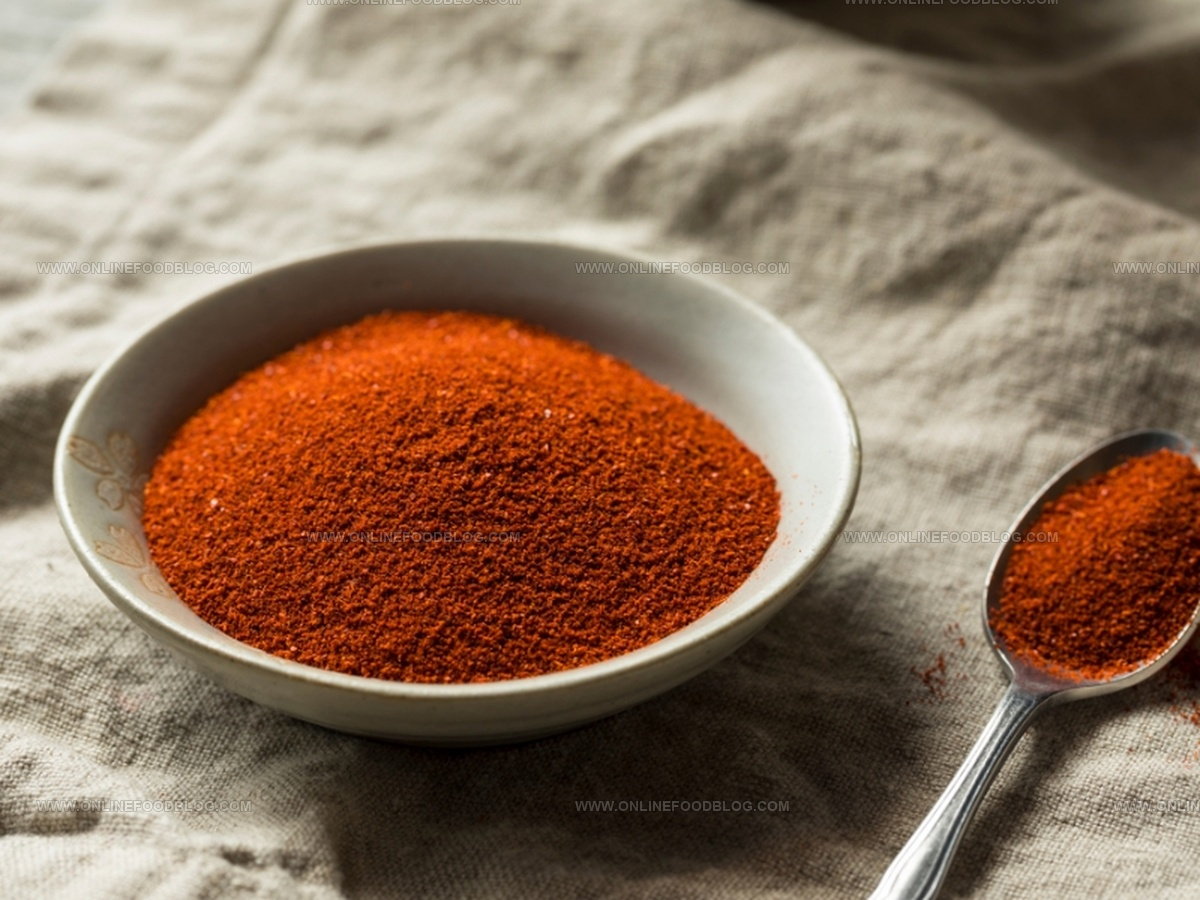
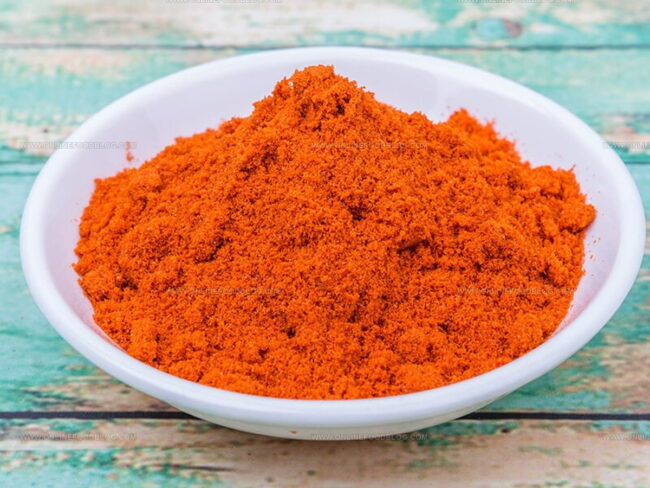
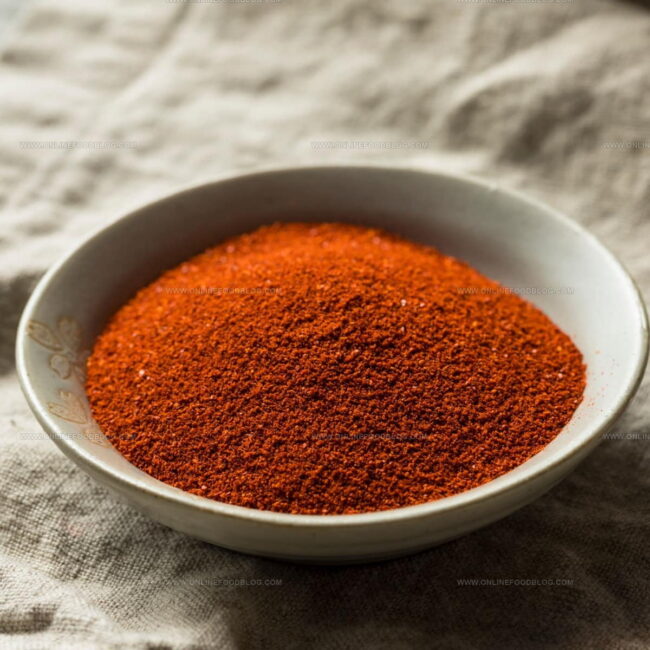
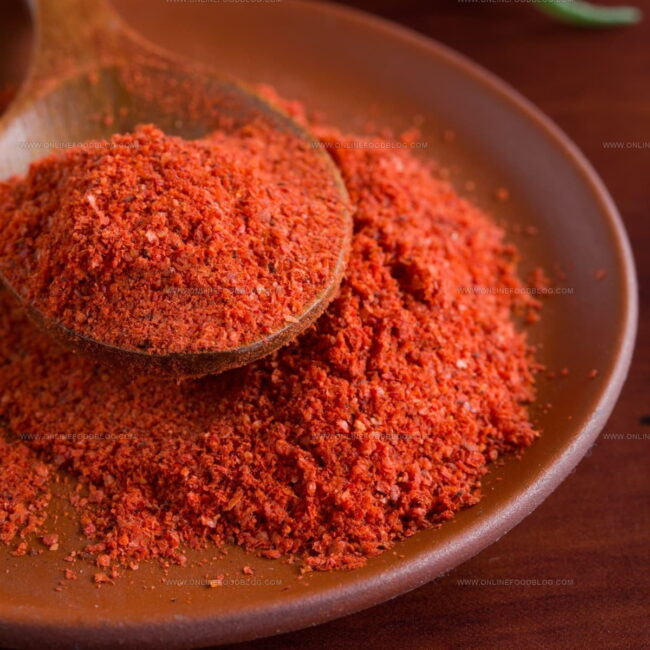
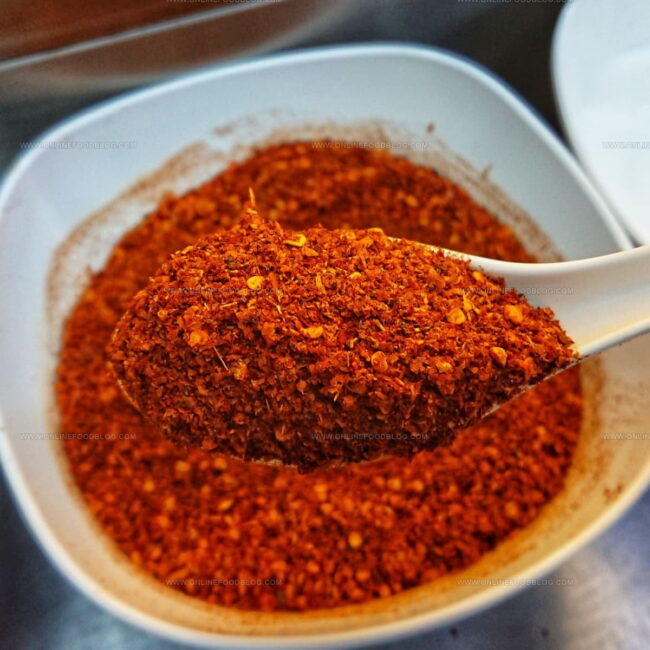
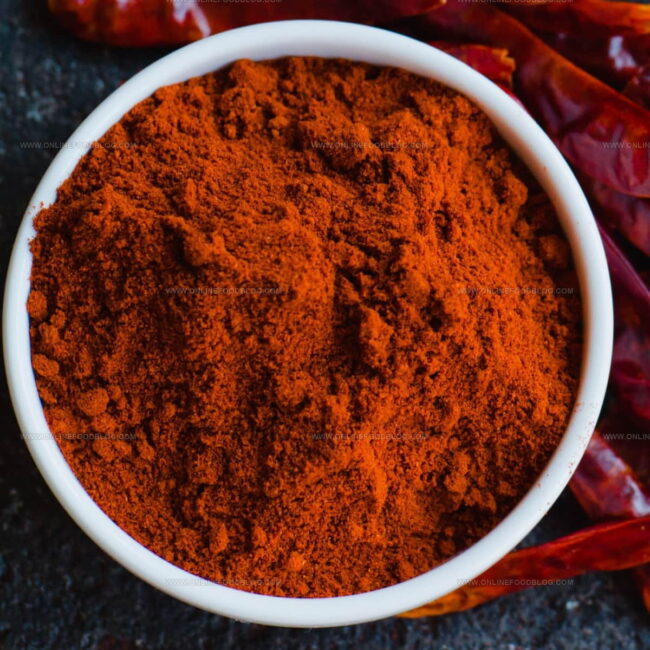
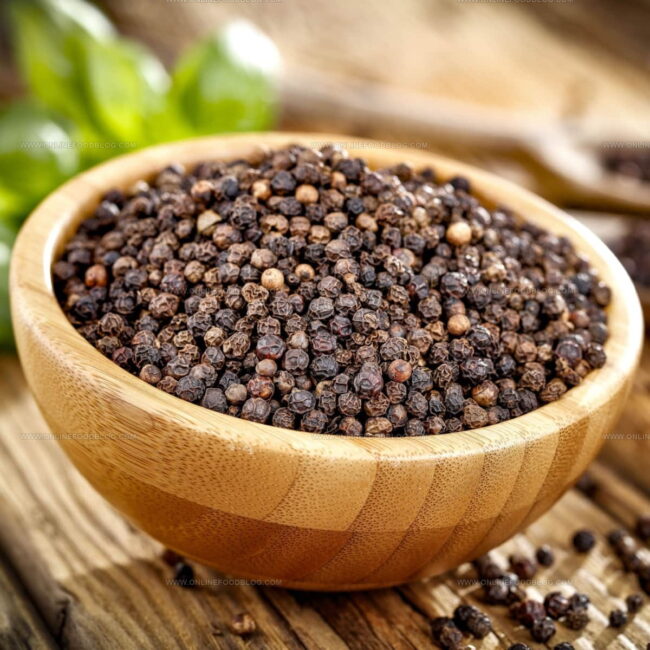
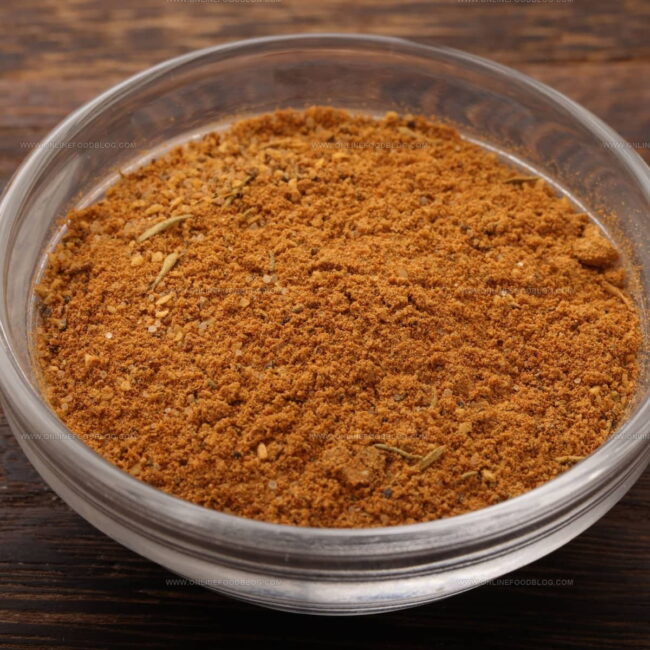
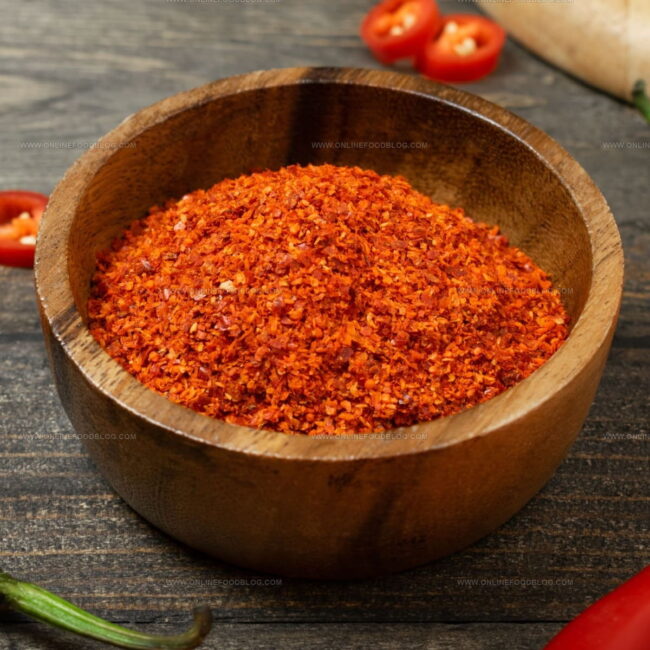
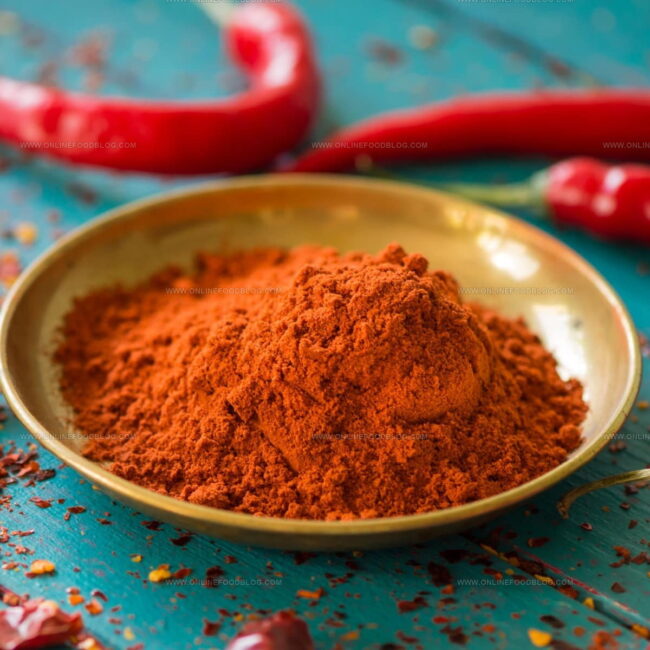
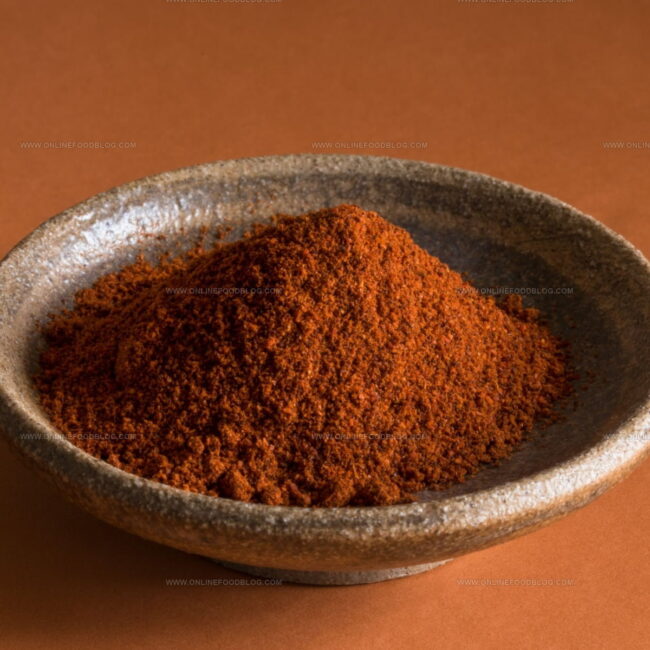
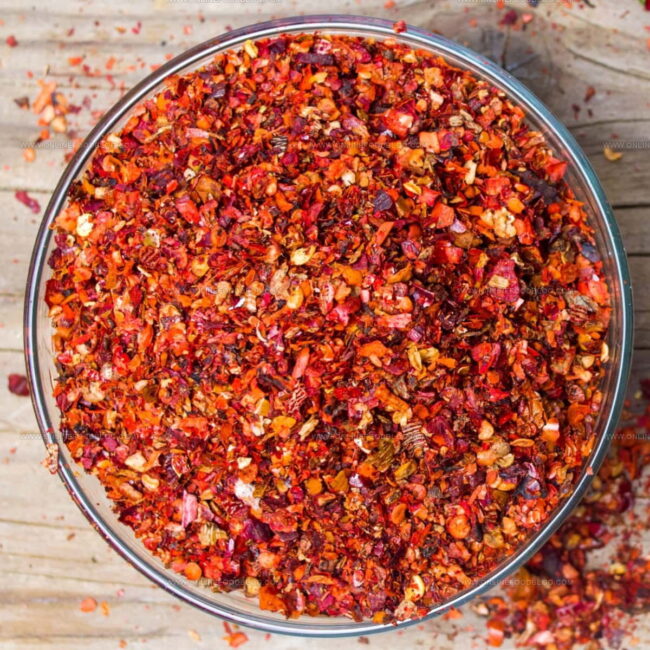
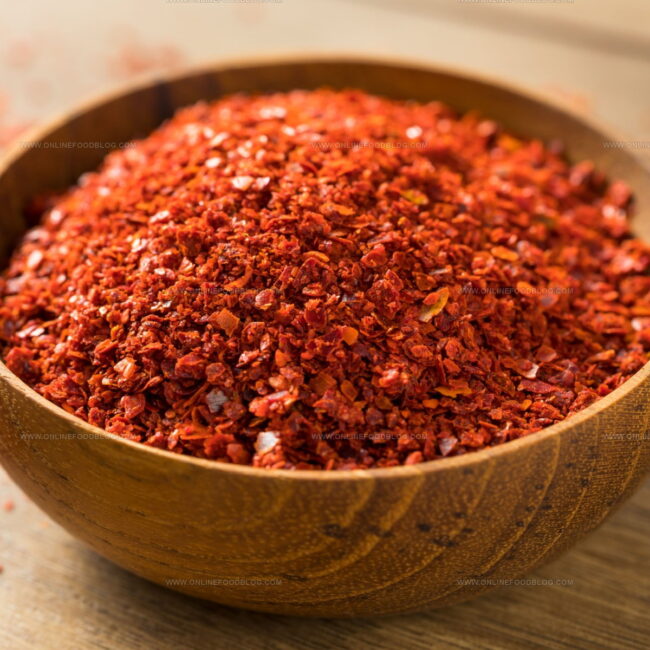
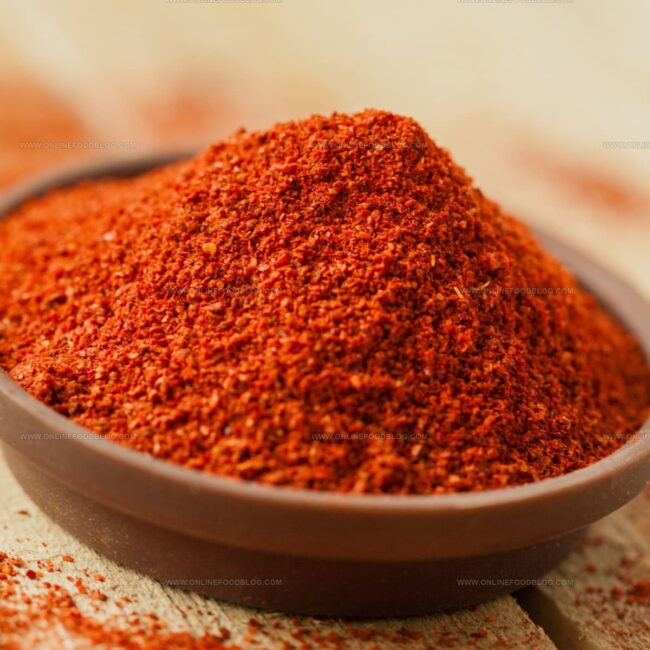
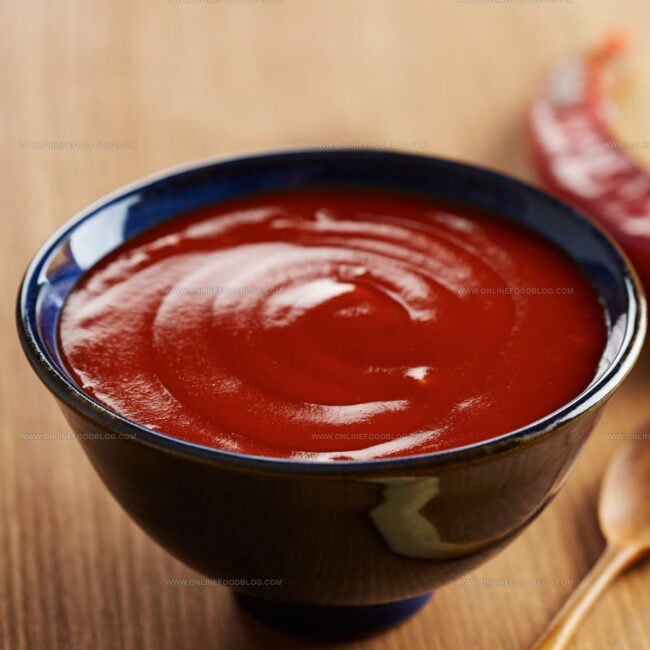
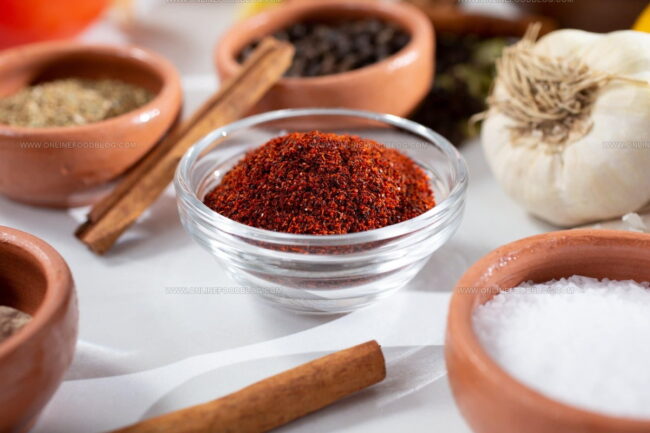
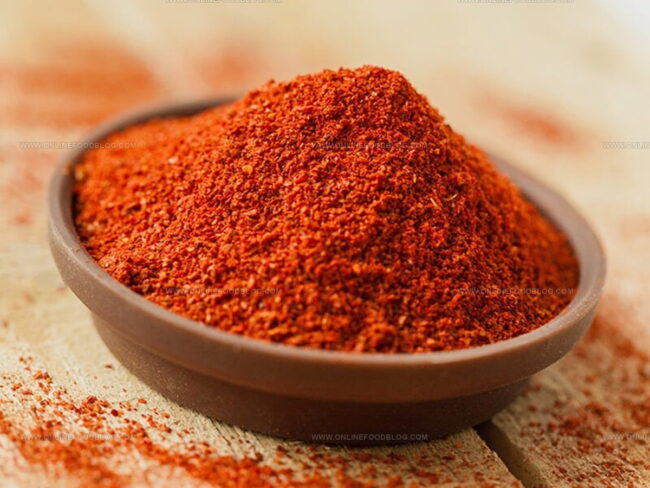
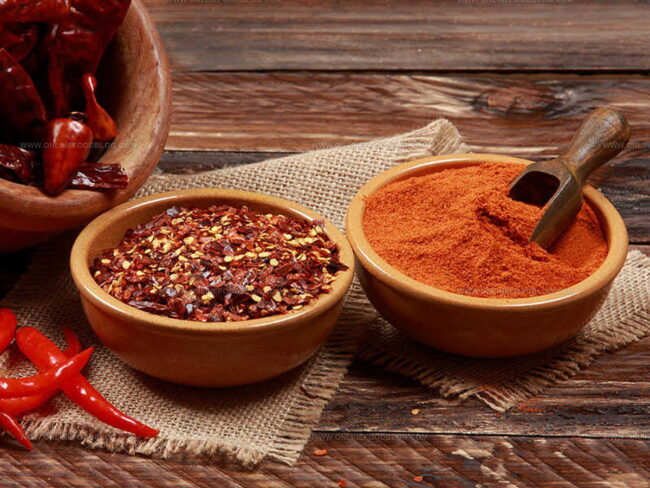
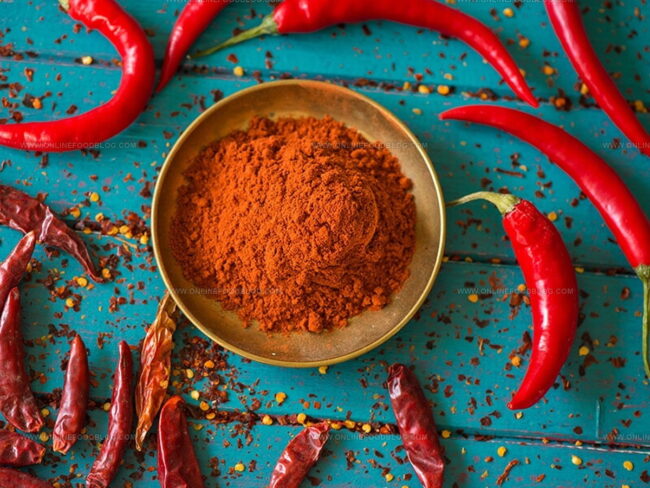
Mia Reynolds
Food Writer & Home Cooking Specialist
Expertise
Easy Home Baking, Recipe Writing and Storytelling, Local and Seasonal Ingredients, Baking for Beginners
Education
New England Culinary Institute (NECI), Montpelier, Vermont
Community College of Vermont, Winooski, Vermont
Mia Reynolds fell in love with baking as a teenager experimenting in her family kitchen. Her passion took her to New England Culinary Institute, where she learned practical pastry techniques, and later to Community College of Vermont to deepen her understanding of food management.
Mia combines clear, simple baking instructions with heartwarming stories, making home baking approachable for everyone.